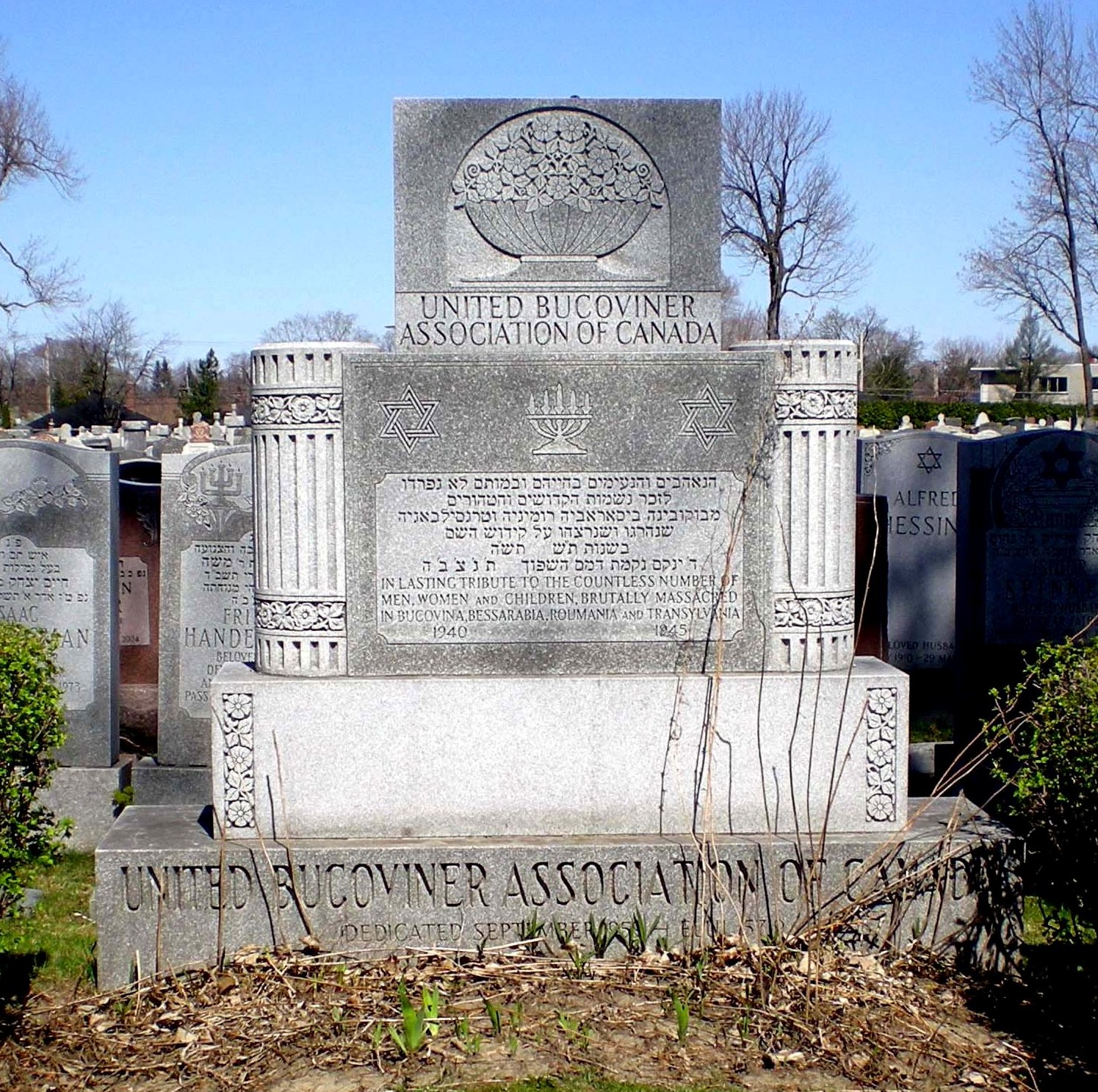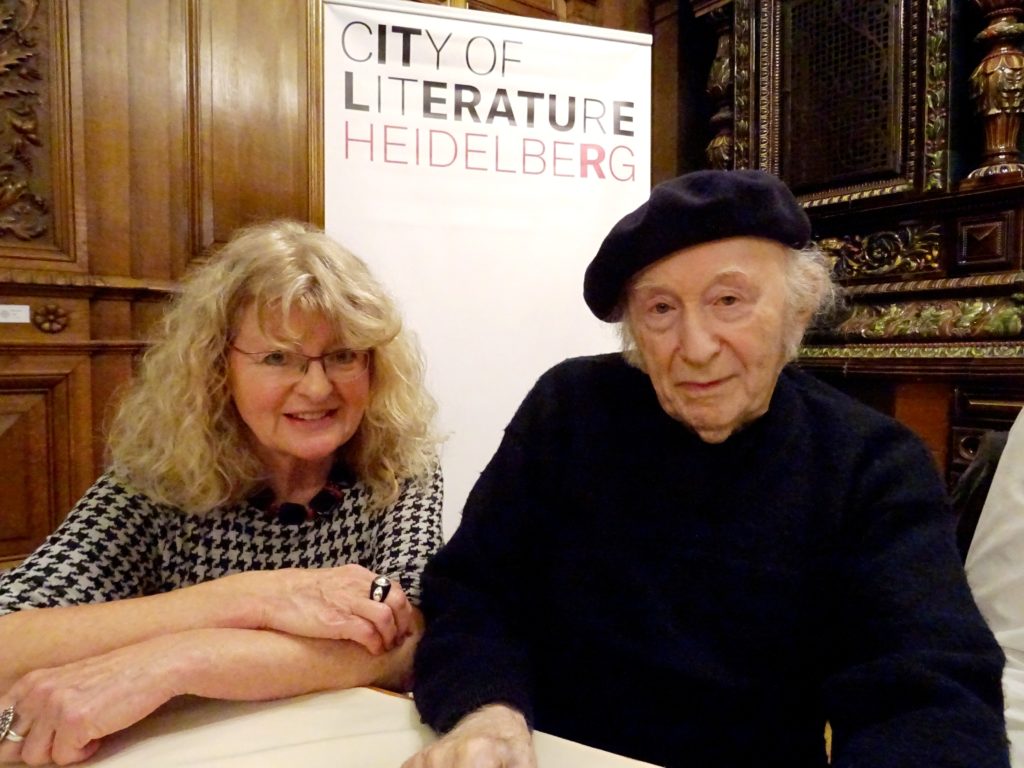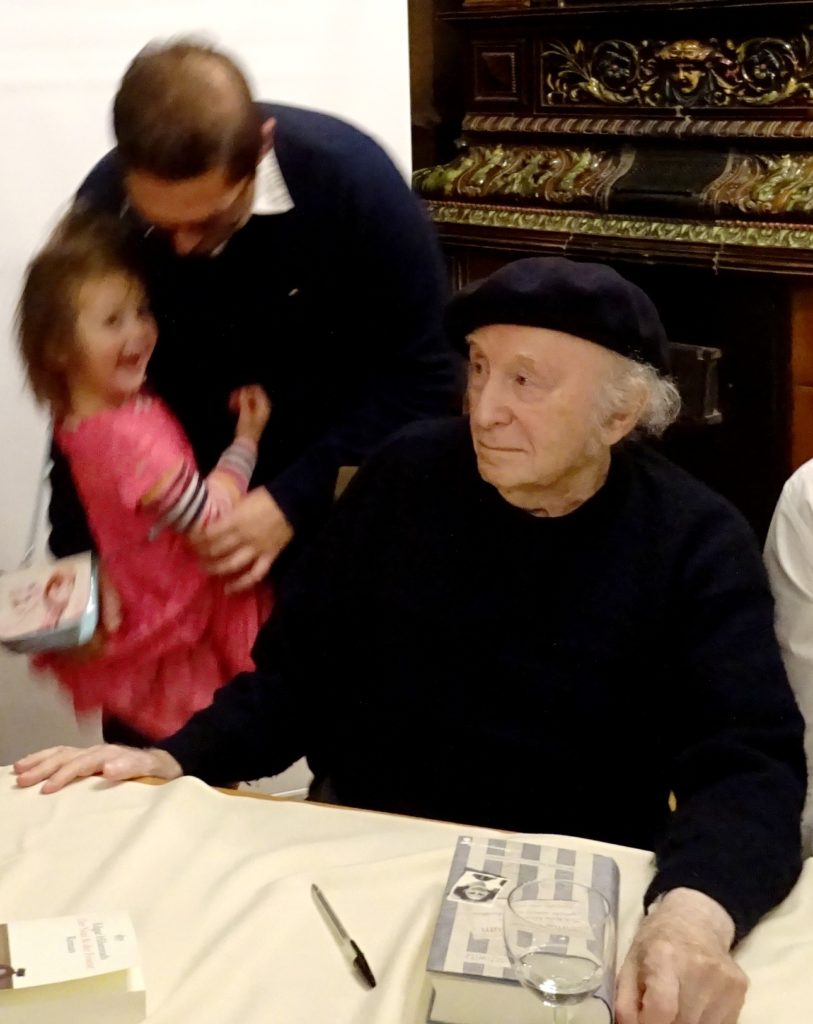Ruth Films, Jerusalem: “On June 22, 1941 – The German and Romanian armies attack the USSR on the southern part of the front. The Romanians aimed to return to the Dniester River and regain control of Bessarabia and North Bukovina which were taken from them in the summer of 1940 by the Soviets. In late August 1941 the Germans grant the Romanian government the region on the east bank of the Dniester River, or as it is known in Romanian – Nistru. Hitler names this area – Transnistria. The film “Beyond the Nistru” depicts some of the Holocaust events that took place during the first year of the greatest patriotic war in Romanian occupied Soviet Union territories. The film enrolls the story of the suffering and death of hundreds of thousands of Jews – victims of the Holocaust perpetrated by the Romanians.”
Read more at:
http://www.ruthfilms.com/beyond-the-nistru.html
http://www.holocaustinussr.com/beyond-the-nistru-witnesses-en/



 Thank you to Harry Bolner for taking the two photos above and sharing them with us.
Thank you to Harry Bolner for taking the two photos above and sharing them with us.


 Read more at:
Read more at: 



